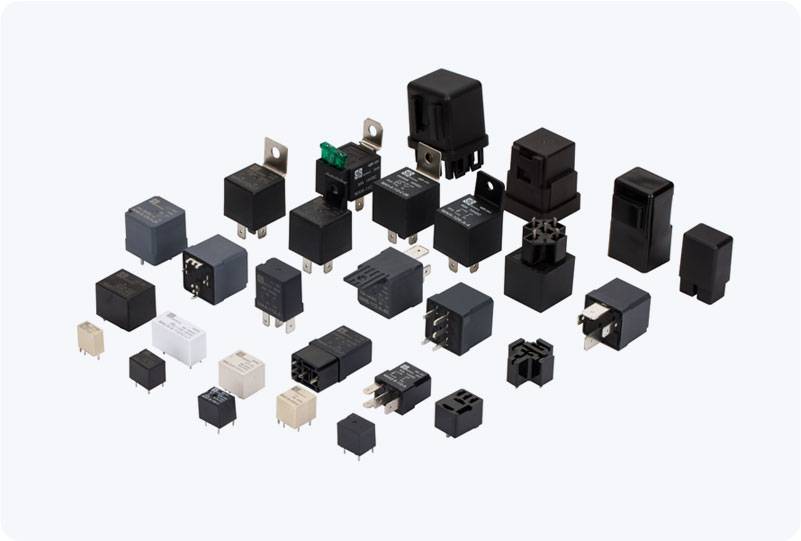understanding current overload relay: a key component in electrical protection
Release time:2025-05-21 06:26:32
A Current Overload Relay is a vital electrical protection device designed to safeguard motors and other electrical equipment from the harmful effects of excessive current. Overcurrent conditions, such as those caused by a fault or operational overload, can cause significant damage to motors, wiring, and other connected equipment. Without proper protection, such damage may lead to costly repairs or even total failure of the equipment. In this article, we will explore the purpose, operation, and importance of a current overload relay in various electrical systems.

Purpose of Current Overload Relays
The primary function of a current overload relay is to protect electric motors from overheating caused by excessive current flow. When an electric motor operates beyond its rated capacity, it draws more current than normal, leading to overheating. This condition can lead to motor winding insulation damage, reduced efficiency, and ultimately, a complete motor failure if not addressed promptly.
A current overload relay detects these overload conditions by continuously monitoring the current flowing to the motor. If the current exceeds a preset threshold for a specific amount of time, the relay will disconnect the motor from the power supply, thus preventing further damage. This protection mechanism ensures that motors operate within safe parameters, reducing the likelihood of damage and improving their longevity.

